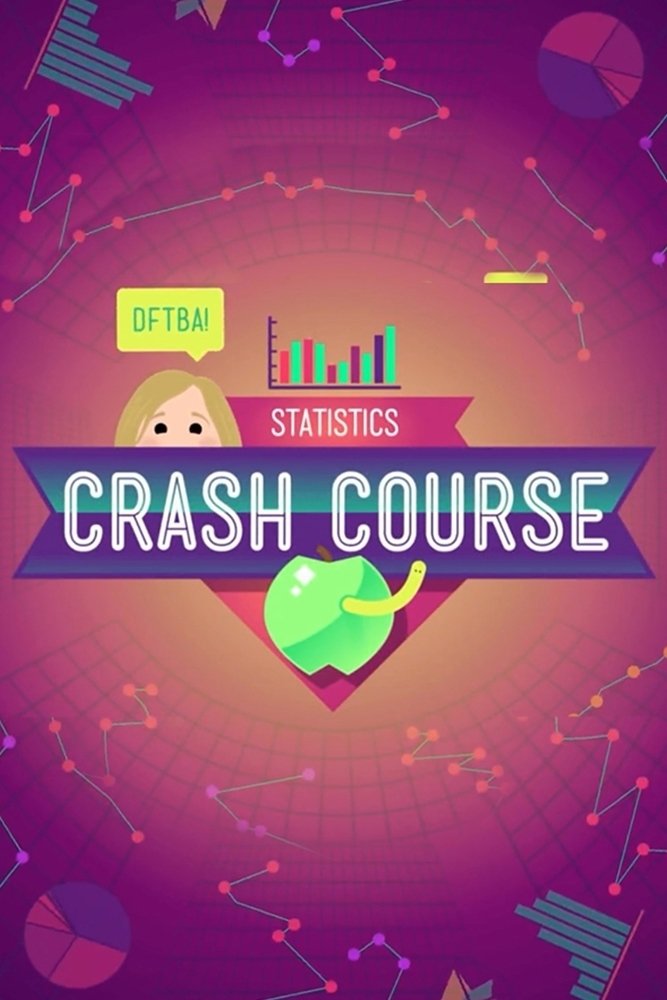
Today we’re going to talk about how we compare things that aren’t exactly the same - or aren’t measured in the same way. For example, if you wanted to know if a 1200 on the SAT is better than the 25 on the ACT. For this, we need to standardize our data using z-scores - which allow us to make comparisons between two sets of data as long as they’re normally distributed. We’ll also talk about converting these scores to percentiles and discuss how percentiles, though valuable, don’t actually tell us how “extreme” our data really is.